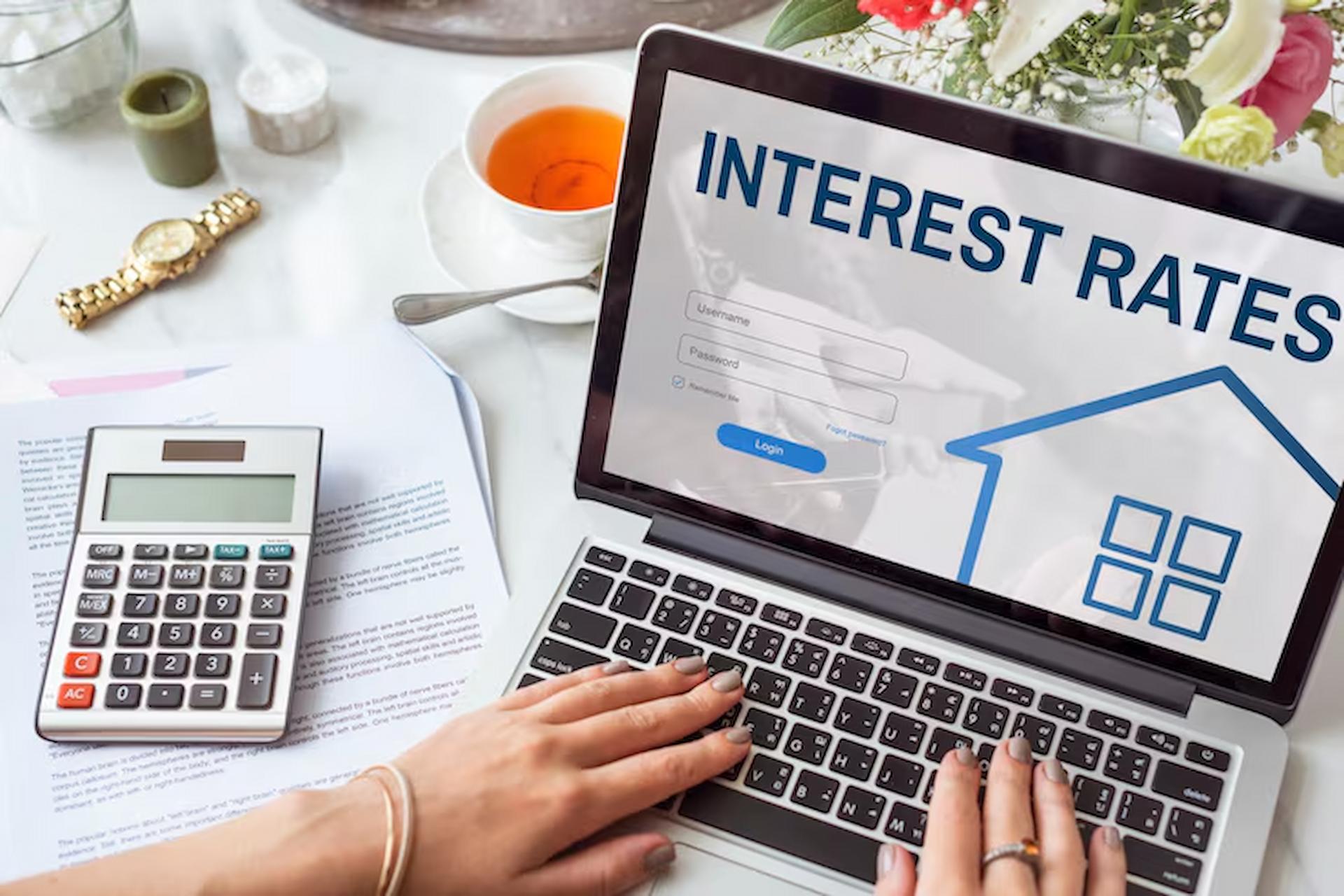With interest rates shifting and new lending products hitting the market, 2025 could be the perfect year to rethink your mortgage. Home loan refinancing isn’t just about getting a better rate—it’s about aligning your loan with your financial goals. This guide explores whether switching lenders now can save you money, improve flexibility, and offer better terms. Learn the signs, benefits, and risks before making your move in the evolving mortgage landscape.
The financial landscape in 2025 looks very different from just a few years ago. Interest rates have shifted, lending rules have evolved, and competition among banks is fiercer than ever. For homeowners, this creates a prime opportunity to review their mortgage and decide if it’s time to refinance.
Home loan refinancing can be a smart financial move—if done at the right time. But with so many options, it’s essential to approach the decision with careful planning and a thorough mortgage review.
Why 2025 Is a Unique Year for Refinancing
Over the past decade, mortgage rates have seen dramatic ups and downs. The global economy, inflation rates, and central bank policies have all played a part. In 2025, several trends make refinancing especially attractive:
- Competitive rates: Many lenders are lowering rates to win over borrowers.
- Flexible loan features: Offset accounts, redraw facilities, and fixed-variable split options are now more widely available.
- Digital application processes: Refinancing has become faster, with approvals in days rather than weeks.
- Tailored repayment structures: More lenders offer personalised repayment schedules to suit varying income patterns.
If you locked in a home loan several years ago, chances are the market now offers better terms.
Signs It Might Be Time to Switch Lenders
Refinancing isn’t just about chasing the lowest interest rate. Look out for these red flags that suggest it’s time to make the move:
- Your interest rate is above market average – Even a 0.5% reduction can save thousands over the life of your loan.
- Your lender’s service has declined – Poor communication, slow response times, or outdated online banking tools can be a dealbreaker.
- Your financial goals have changed – You may now need more flexibility, faster repayments, or equity access.
- You’re paying high fees – Ongoing account-keeping costs and penalty fees can eat into your savings.
- Better incentives elsewhere – Some lenders offer cashback deals or fee waivers for refinancers.
Benefits of Home Loan Refinancing in 2025
Refinancing can be a powerful tool for improving your financial situation. Here’s what you stand to gain:
1. Lower Interest Rates
A drop in your rate means lower monthly repayments, freeing up cash for other priorities.
2. Access to Equity
If your home’s value has risen, refinancing can give you access to funds for renovations, investments, or debt consolidation.
3. Improved Loan Features
Modern loan products include benefits like offset accounts, flexible repayment options, and better mobile banking apps.
4. Shorter Loan Term
You can refinance to a shorter term, helping you pay off your mortgage faster and save on interest.
5. Consolidating Debt
Rolling multiple debts into your home loan can simplify payments and potentially lower your overall interest.
Risks and Costs to Consider
While refinancing can offer big benefits, it’s not without potential drawbacks:
- Break fees – If you’re on a fixed-rate loan, breaking it early may cost you.
- Application and valuation fees – New loans often come with setup costs.
- Resetting your loan term – Extending your term may reduce monthly payments but increase total interest paid.
- Fluctuating rates – If you switch to a variable rate, future increases could raise your repayments.
A thorough mortgage review will help weigh these factors against the potential savings.
Steps to Successfully Refinance in 2025
If you decide to switch lenders, follow this process for the best results:
1. Review Your Current Loan
Understand your interest rate, fees, and remaining loan term.
2. Compare Market Options
Use comparison tools to find loans with lower rates, better features, or incentives.
3. Check the Costs
Calculate break fees, application costs, and legal expenses.
4. Prepare Your Documents
You’ll need payslips, tax returns, and proof of identity.
5. Apply and Settle
Once approved, your new lender will manage the switch and pay out your old loan.
Expert Tips for Maximising Your Refinancing Decision
- Negotiate with your current lender first – They may match a competitor’s offer to keep your business.
- Avoid extending your loan unnecessarily – A lower rate is great, but not if you pay more interest over time.
- Consider fixed and variable splits – This can balance stability with flexibility.
- Look beyond the rate – Features like offset accounts or redraw facilities can save you more in the long run.
Who Should Avoid Refinancing Right Now
While 2025 offers many refinancing opportunities, it’s not right for everyone:
- You’re planning to sell your property soon.
- Your financial situation is unstable.
- You have a high break fee on your current loan.
- Your remaining loan balance is too small to justify the costs.
In these cases, it might be better to stay put or wait for a more opportune time.
The Bottom Line
Refinancing in 2025 can be a game-changer for your finances—if you approach it with a clear strategy. The key is to focus not just on rates, but on finding a loan that aligns with your long-term goals.
With home loan refinancing, you could unlock lower repayments, better features, and greater financial flexibility. But without a careful mortgage review, you risk making a costly mistake.
If you’re unsure, speak to a mortgage broker or financial adviser. They can help you crunch the numbers and decide if switching lenders now will put you ahead.



